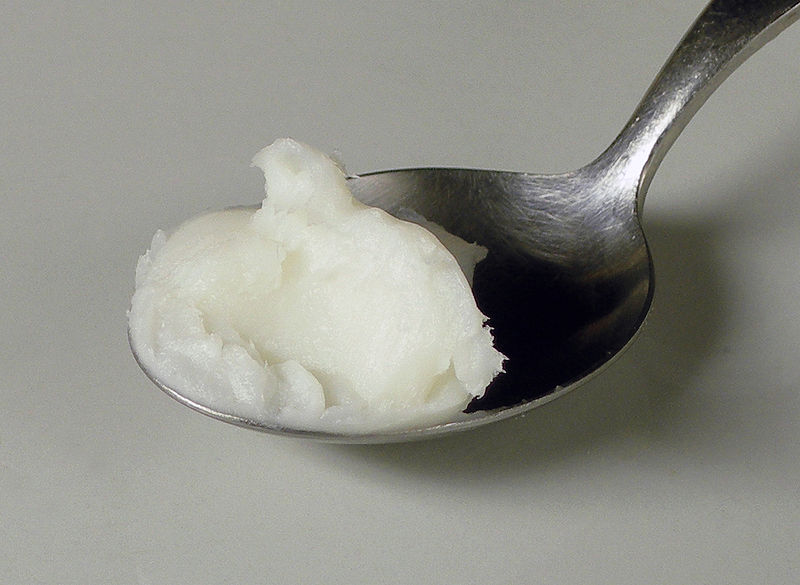Key Difference – Tallow vs Lard
Tallow and lard are two fats that come from animal products. The main difference between tallow and lard is their source; tallow comes from mutton or beef, while lard is derived from pork.
What is Tallow?
Tallow is a hard fatty substance created from rendered animal fat. It is processed from suet, the raw fat of beef or mutton, particularly the hard fat around the loins and kidneys. Beef and mutton are the meats used in tallow production. Commercially produced tallow can also be derived from other animal sources, such as pork, and even plant sources. Tallow can be used as a shortening, like lard and dripping, and for deep frying. It is also used in the production of soap, candles, and biodiesel. In industrial applications, tallow is defined by specific technical criteria, such as melting point.
What is Lard?
Lard is a semi-solid fat obtained from pig fat. It can be made from any part of the pig with a high concentration of fatty tissues. There are two methods for rendering lard: dry rendering and wet rendering. The dry method involves exposing the fat to direct high heat without water, while the wet method involves steaming or boiling at a high temperature, resulting in lard floating in the mixture due to its insolubility in water. The rendering process and the part of the pig from which the fat was taken can affect the texture, taste, and flavor of the lard. Lard can be used in baking and cooking, as a spread, like butter or dripping, and for industrial purposes in the production of cosmetics and the creation of bio-fuel.
What is the difference between Tallow and Lard?
- Source: Tallow is made from beef or mutton, while lard is made from pork.
- Texture: Tallow is solid, while lard is semi-solid.
- Meat: Tallow is typically processed from suet, while lard can be taken from any meat part with a high concentration of fatty tissues.
- Saturated Fat Content: Tallow has a saturated fat content of 42g, while lard’s saturated fat content is 39g.
- Uses: Tallow is mainly used in soap production and as animal feed, while lard has more culinary uses than tallow.
